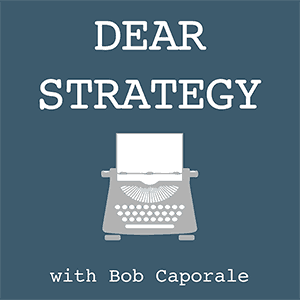Dear Strategy:
“How do we expedite changes necessary to develop future products within an organization that relies solely on a legacy product?”
Anyone who has invested in the stock market knows that it’s not very wise to put all your eggs in one basket. Take the typical 401K plan, for example. In most cases, you’ll want to have a balanced portfolio that is reflective of your overall investment goals. So, if you’re young and want to save for retirement, you may be more balanced toward higher-risk growth stocks that will deliver longer-term value. Or, if you are closer to retirement, you’ll want to be more weighted toward lower-risk, more conservative stocks that are more likely to deliver shorter-term value. And in either case, you’ll want to have some level of balance between risk potential and growth potential.
Product portfolios are no different.
If you are a newly formed startup company, your goals will likely be more geared toward aggressive growth; and your product portfolio will be balanced accordingly. If, on the other hand, you are a more established and stable company, your portfolio will likely be balanced toward lower-risk, more mature products that are delivering a more predictable return. The key is to know what kind of company you work for, and then you can manage your product portfolio accordingly.
So, if your company “relies solely on a legacy product” as this question states, then your job as a product strategist will not be to sway them completely away from that investment. Instead, you will want to make a case for introducing new products for the purpose of balancing your portfolio and having more products that are on the growth curve as your legacy product moves further into decline.
One tool that I like to use that helps illustrate this dynamic is a product life cycle map. This simply involves mapping, at a high-level, the different products in your portfolio on a typical life cycle curve of introduction, growth, maturity, decline, and exit. Include on this map the percentage of revenue you are getting from each product in each respective life cycle stage, and, voila! – you will have created your own life cycle map. From here, just as you would for your own personal investment portfolio, you can determine what percentage of your revenue is coming from each life cycle stage, and you can then use this information to balance your overall product portfolio in accordance with the overall goals and risk profile of your company.
And if, as this question implies, you find that 100% of your portfolio is moving into decline – believe me, people will start listening.
Listen to the podcast episode
Dear Strategy: Episode 016

###
Bob Caporale is the author of Creative Strategy Generation and the host of the Dear Strategy podcast. You can learn more about his work by visiting bobcaporale.com.





